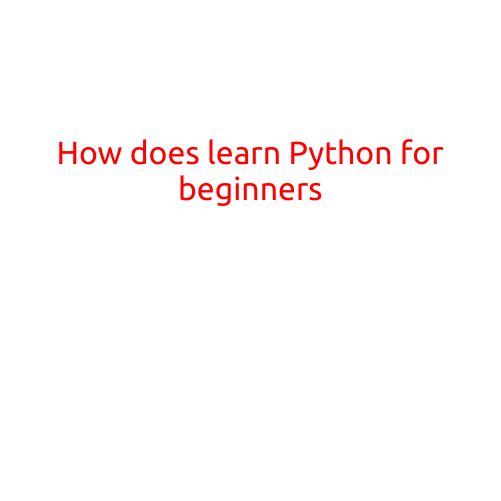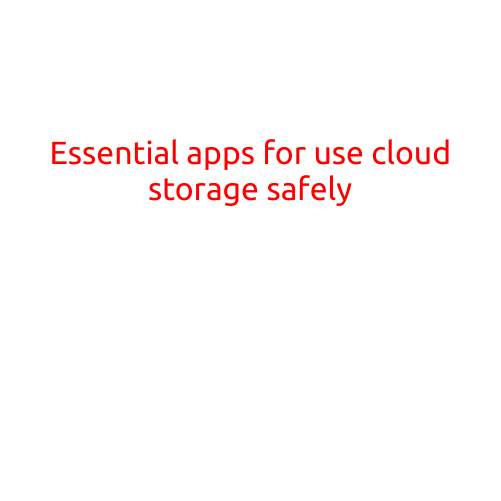
How to Learn Python for Beginners
Are you interested in learning the basics of programming? Do you want to create useful tools, automate tasks, or build a career in tech? If so, Python is an excellent language to start with. As a beginner-friendly language, Python is widely used in various industries, including web development, data analysis, artificial intelligence, and more.
In this article, we will guide you through the steps to learn Python, providing you with a solid foundation to get started.
Why Learn Python?
Before we dive into the basics of Python, let’s explore why it’s an excellent language for beginners:
- Easy to learn: Python’s syntax is simple and readable, making it an ideal language for beginners.
- Highly versatile: Python can be used for web development, data analysis, machine learning, and more.
- Large community: Python has an active and supportive community, ensuring there are many resources available for learning and troubleshooting.
- Cross-platform: Python can run on various operating systems, including Windows, macOS, and Linux.
Step 1: Set up Your Environment
To get started with Python, you’ll need to set up your environment. Here’s what you need to do:
- Install Python: Download and install Python from the official Python website.
- Choose an IDE: An Integrated Development Environment (IDE) is where you’ll write and edit your Python code. Popular choices for beginners include PyCharm, Visual Studio Code, and Spyder.
- Install a text editor: A text editor is where you’ll write your code. Notepad++, Sublime Text, and Atom are popular choices.
Step 2: Learn the Basics
Once you have your environment set up, it’s time to learn the basics of Python:
- Variables and data types: Understand how to declare and use variables, as well as the different data types in Python (e.g., strings, integers, lists).
- Control structures: Learn how to use if-else statements, for loops, and while loops to control the flow of your code.
- Functions: Understand how to define and use functions to organize your code and reuse logic.
- Error handling: Learn how to handle errors and exceptions in your code to ensure it runs smoothly.
Step 3: Practice and Build Projects
Practice is key to learning Python. Start with simple exercises and gradually move on to more complex projects:
- Codecademy: Codecademy offers an interactive Python course with exercises and projects.
- Python tutorials: The official Python tutorials provide a comprehensive introduction to the language.
- Personal projects: Choose projects that interest you, such as building a chatbot, a game, or a web scraper.
Step 4: Join a Community and Stay Motivated
Learning a programming language can be challenging, but staying motivated and connected with others is crucial:
- Join online communities: Join online communities like Reddit’s r/learnpython, r/Python, and Stack Overflow to connect with other Python learners and get help when you need it.
- Participate in coding challenges: Participate in coding challenges like Project Euler, LeetCode, or Codewars to stay motivated and improve your skills.
- Find a study buddy: Find a study buddy or mentor who can help you stay on track and provide guidance.
Conclusion
Learning Python as a beginner can seem daunting, but with the right approach, you can quickly get started and make progress. By following these steps, you’ll set yourself up for success and be well on your way to becoming a proficient Python programmer.
Remember to stay patient, persistent, and always keep practicing. With time and dedication, you’ll be able to build amazing projects and achieve your goals in the world of programming. Happy learning!





